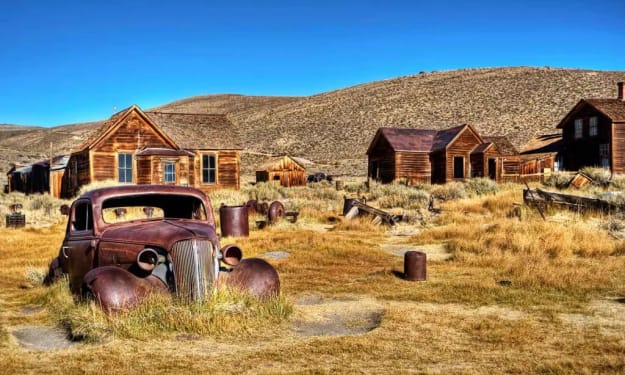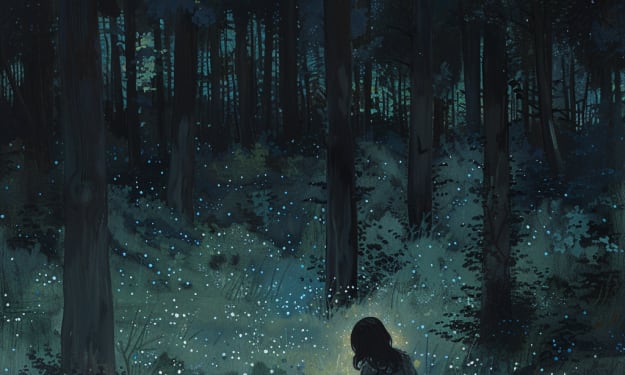The Truth About Why Clowns Terrify Us
History of Clowns

Are you ready to explore something that gives us the chills and makes us want to hide under the covers? Let's talk about clowns!
We all know clowns as those red-nosed, white-faced, goofy-haired performers who juggle and make balloon animals for a living. But did you know that some people are actually afraid of them? Yes, you heard that right! There's a scientific name for the fear of clowns - it's called coulrophobia.
People who suffer from coulrophobia experience intense fear and anxiety in the presence of clowns, sometimes to the point where they can't even look at a picture of one without feeling sick. But why are clowns so scary? Well, there are several factors at play here.
Let's start with the makeup - it's usually extremely exaggerated, which can be unsettling because it disguises the clown's true identity and makes them look like someone else entirely. According to scientists, we find clowns scary sometimes because we can't seem to figure out what's going on behind those big fake smiles or what their true intentions are.
Another reason for the fear of clowns might be due to the uncanny valley effect. This phenomenon occurs when something looks almost human but not quite, which can trigger an eerie feeling in our brains. Clowns, with their exaggerated features and over-the-top antics, fall into this category and can make us feel uneasy.
Interestingly, coulrophobia is not just limited to adults - children can also experience this fear. This might be because of the way clowns are often portrayed in popular culture, such as horror movies like "It" or "Killer clowns from Outer Space." These depictions can make children associate clowns with danger and fear.

Clowns are a staple of entertainment and have been around for centuries. They have been loved by many for their silly antics, goofy personalities, and ability to bring joy to both kids and adults alike
many people have only heard stories about creepy clowns. Take Pennywise, the infamous clown from Stephen King's novel "It," for example. This creepy clown has become synonymous with the horror genre, and many people's fears of clowns stem from their exposure to these types of characters.
So, where did clowns come from, and how did they become the beloved entertainers we know today? Clowns have been around for centuries and can be traced back to ancient Greece and Rome, where they were known as "rustic fools." These individuals were typically peasants who used humor to mock the aristocracy and the wealthy.

In the Middle Ages, jesters were popular performers who used comedy and satire to entertain royalty and commoners alike. They wore brightly colored outfits and used props to tell stories and make people laugh.
But it wasn't until the 19th century that clowns as we know them today became popular. The circus was a significant factor in this transformation, as clowns became an integral part of the circus act. Circus clowns began to wear outlandish costumes, oversized shoes, and wigs, making them instantly recognizable to audiences.
Clowns also developed their own unique style of physical comedy, with pratfalls, exaggerated facial expressions, and other slapstick routines becoming part of their repertoire. These performances were designed to make people forget their problems and enjoy the moment, even if only for a short time.
Despite their long history and widespread popularity, clowns remain a divisive figure. While some people can't get enough of their antics and humor, others find them unsettling and scary. It just goes to show that the power of the clown transcends time and culture, and that their ability to evoke emotions in people is as strong today as it was centuries ago.

While clowns like Joe Grimaldi were known for their outlandish and colorful costumes, there were others like Emmett Kelly and Grok who had a different style. Emmett Kelly's signature character, Weary Willie, was a sad clown who always seemed down on his luck. Despite his sadness, he still managed to make people laugh. Kelly was a talented pantomime artist who could tell stories with just his body and facial expressions. He was also a great improviser, coming up with funny things on the spot.
Grok, on the other hand, was known for his incredible juggling skills and his ability to play multiple instruments. He could juggle everything from balls to plates to even a meat cleaver, and he could balance them on his nose, forehead, and even on the tip of his finger while standing on one leg. Grok played the accordion, the violin, and the piano, often in the most absurd ways possible, such as playing the piano while standing on his head. He was not just an entertainer but also a philosopher, as he once said that laughter is the sun that drives winter from the human face. Indeed, every time you watch one of his performances, you can't help but smile.

It's interesting to note that while the profession of clowning has been around for centuries, it continues to evolve with the times. In recent years, there has been a growing trend of "clown doctors" who bring joy and laughter to children in hospitals. These specially trained clowns use humor and play to help reduce stress and anxiety in young patients and their families.
Another trend is the rise of "clowning for social change" where clowns use their art to raise awareness about important social issues such as climate change, human rights, and inequality. This type of clowning can be seen at protests, rallies, and other activist events.
Despite the challenges and stereotypes that clowns face, it's clear that the art of clowning is still very much alive and well. As long as there are people who need a good laugh or a moment of joy, clowns will continue to play an important role in our world.
About the Creator
Raza Abbas
I am a content creator and have completed my A-levels and now i am looking for a side hustle to earn some money





Comments
There are no comments for this story
Be the first to respond and start the conversation.